Text







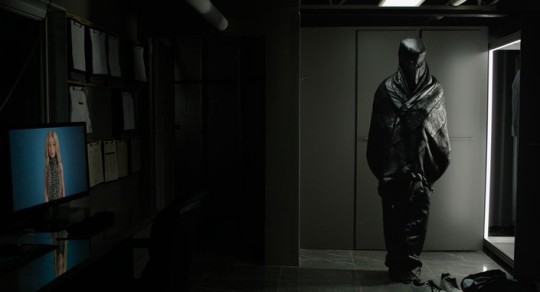


SUBLIME CINEMA # 707 - THE SHROUDS
Late Cronenberg has been uncompromising, uncomfortable, and decidedly uncaring of a mass audience. This is a deep dive into the director's personal obsessions and themes that have haunted him throughout his entire career. It's in a way an autobiography (frame after frame of star Vincent Cassel might confuse the viewer as to if they're seeing Cassel or Cronenberg himself), an elegiac take on the death of his wife from cancer, and how private grief is processed. It's his steeliest, coldest film since Crash, with the same stately aesthetic; the straightforward dialog, closed off modern interiors, the technology that subsumes us all, the paranoia, the fear, the death fetishism, the body dysmorphia.
#cinema#film#films#cinematography#movie#film stills#David cronenberg#vincent cassel#diane kruger#the shrouds#horror#body horror#horrific#steely#dark film#shroud#shrouds#science fiction#sci fi#movies#synth#howard shore#cronenberg#2025 films
6 notes
·
View notes
Text
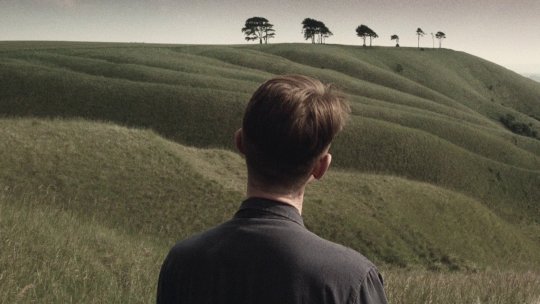
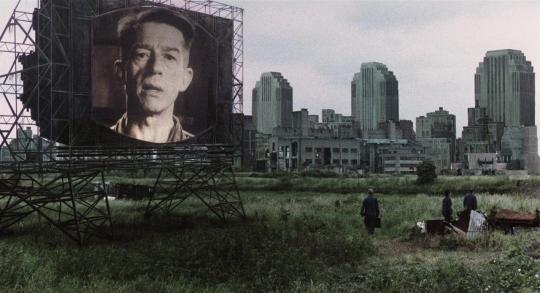
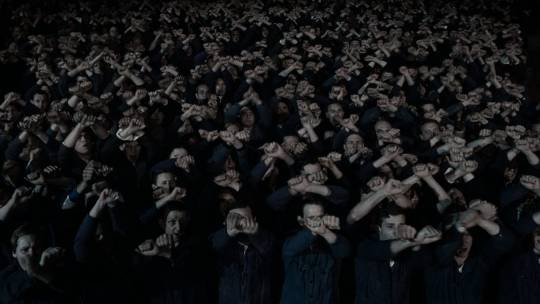

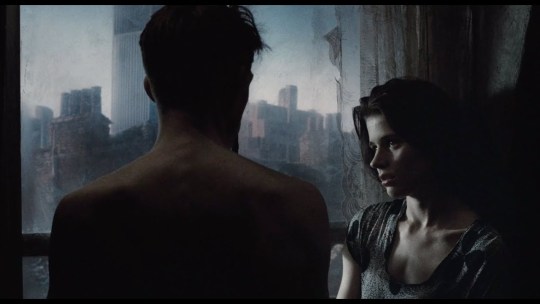
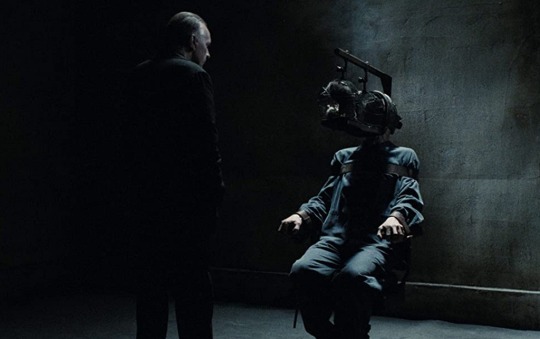
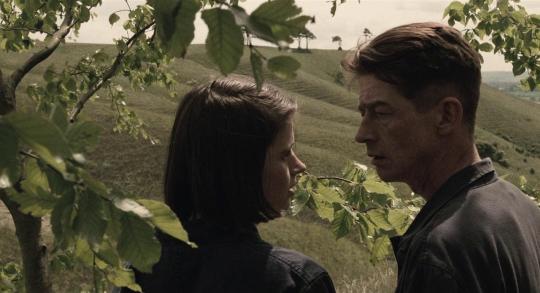
SUBLIME CINEMA #706 - 1984
Roger Deakins is responsible for bringing the bleach bypass technique into fashion with this film, a look that produces a 50% black and white print by underexposing the film while shooting then eliminating the bleach-bath phase during development. The technique had been pioneered in the 60s by chemist-turned-cinematographer Kazuo Miyagawa, then lost, until Deakins uncovered the mechanics of the process from a lab in Italy. Later it became highly recognizable when other cinematographers copied the technique and started to use it for films like 'Saving Private Ryan' and 'Se7en'.
1984 was meant to be shot in black and white, but the aesthetic Deakins chose ended up superior. The colors are faded, milky, hallucinatory, and Deakins commented on 'how strikingly black the black is - it almost shines'.
It's strange he finally won an Oscar for the digital work that was largely enhanced by CGI set extensions in Blade Runner 2049, since it's his film work that still remains untouchable imo.
#cinema#film#films#1984#John hurt#Roger deakins#cinematography#film stills#bleach bypass#black and white#color#photography#photography techniques#great film#Michael radford#Richard burton#Suzanna hamilton#George orwell#dystopian#sci fi#science fiction#british film#classic#movie#entertainment#cinematographer
7 notes
·
View notes
Text

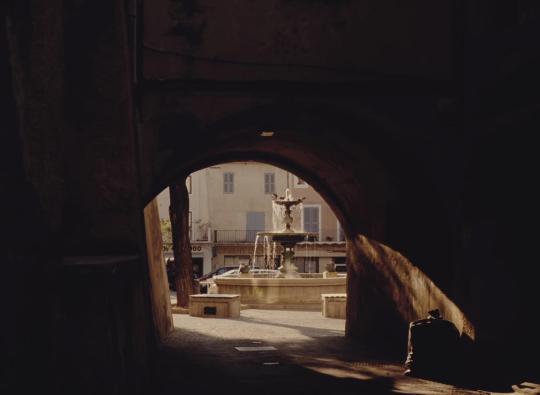
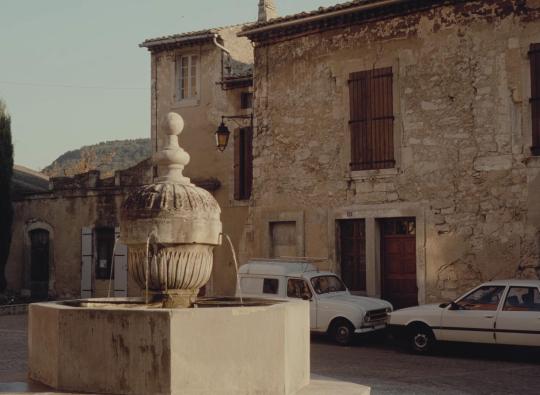
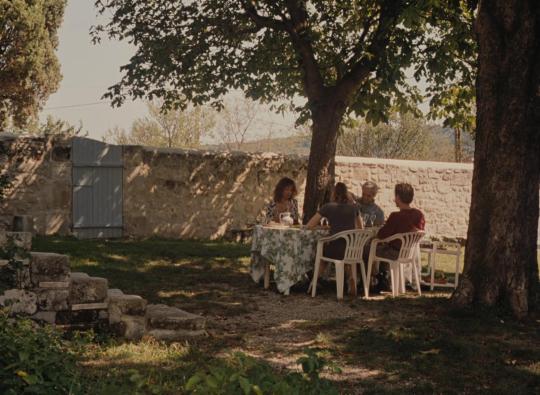
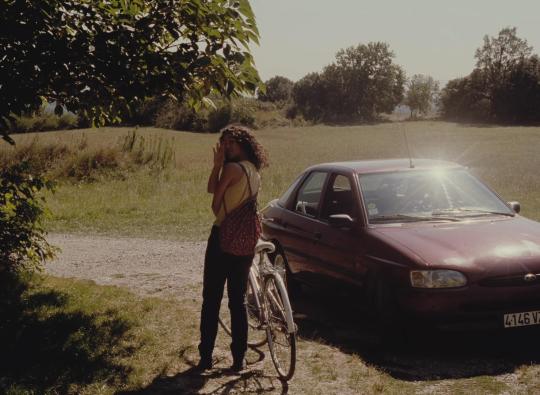

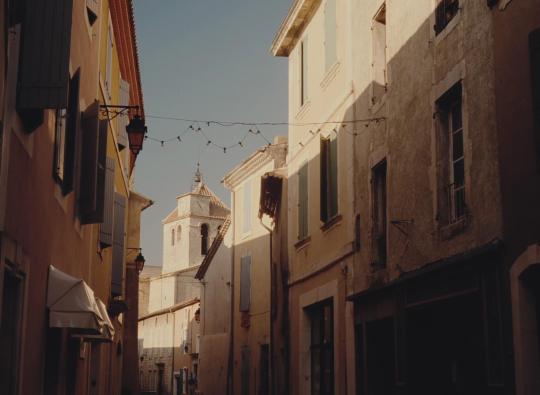

SUBLIME CINEMA #705 - AN AUTUMN TALE
If I could just choose 3 directors' filmographies to be stuck with the rest of my life, it would be Kubrick, Altman and Rohmer.
Rohmer's films I come back to again and again, and I'm never totally sure why. His direction is so understated, so natural and almost aloof. There's never really a score. There's no melodrama, no flashy editing and you're not told what to feel by way of cinematic artifice. He relays a depth of wisdom through his writing and a tremendous connection with his actors.
His films are full of talking - endless talking, often circular. But what’s really going on is emotional exposure. Characters use ideas as shields, mirrors, and masks.
Most everything he made took place in a liminal haze of vacation or retreat - on vineyards, seasides, cottages and summer houses as characters 'come of age' - he chooses these months as they best express the passing of phases of life, when time slows and people change.
#an autumn tale#autumn tale#Eric rohmer#rohmer#france#French#French cinema#French new wave#movie#great film#cinematography#film#film stills#35mm#classic film#bucolic#countryside#cottagecore#cottage aesthetic#cinema
10 notes
·
View notes
Text











SUBLIME CINEMA #704- OUR MAN IN HAVANA
Carol Reed's films straddled the line between artifice and realism, entertainment and verité, Hollywood and the exotic. While they had the theatrical, entertaining flair of mainstream films of the period, his movies were decidedly more grounded in time and place, often immersive and avoiding studio imitation when he could.
He preferred to travel to the locales in which the movie was actually set: postwar Vienna for The Third Man, Sri Lanka for Outcast of the Islands, Belfast for Odd Man Out, Tahiti for Mutiny on the Bounty (before he quit after creative differences with Brando), and for Our Man In Havana - a reteam with Third Man scribe Graham Greene - we are completely in Havana, two months after the overthrow of the Batista regime; Castro visited the film crew, as did Hemingway.
#cinema#film#cinematography#movies#film stills#classic film#our man in havana#alec guinness#carol reed#graham greene#50s film#black and white#british film#spy film#spy thriller#havana#cuba#castro#hemingway#1950s#films#film photography#35mm
7 notes
·
View notes
Text
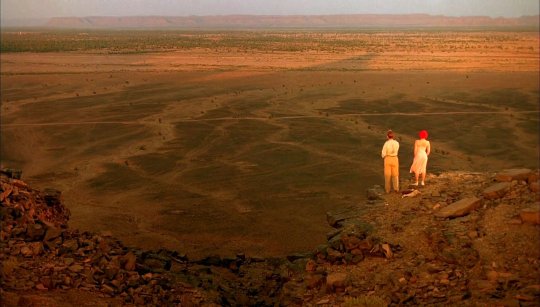
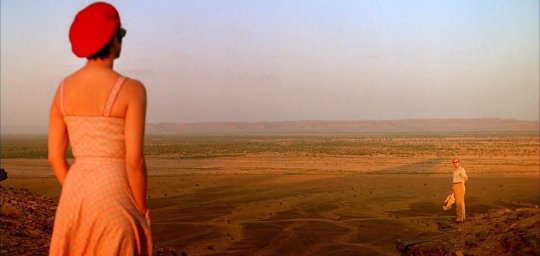
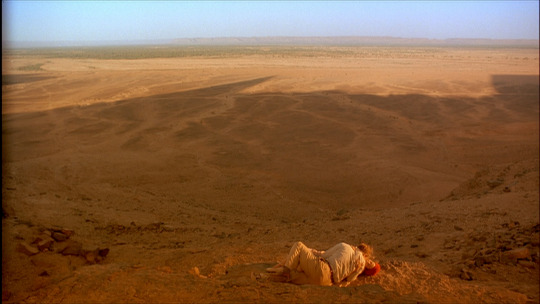
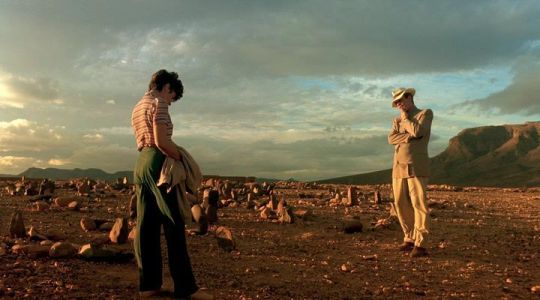


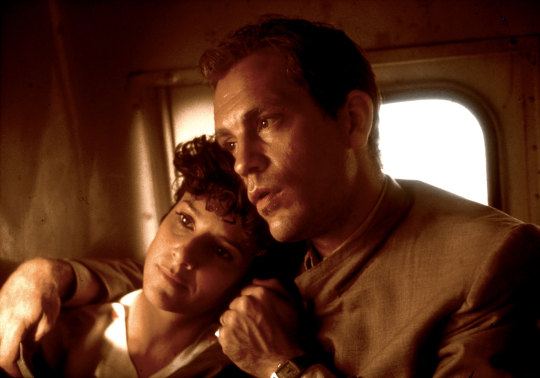
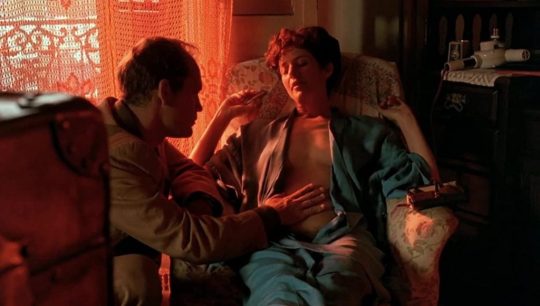


SUBLIME CINEMA #703 - THE SHELTERING SKY
Vittorio Storaro's collaboration with Bertolucci was as important as his collaboration with Coppola, although there were differences in each approach. Whereas Coppola favored a variety of wild psychedelic tones for Apocalypse Now and One From The Heart, Storaro gradually reduced color in his later work with Berlotucci, most spectacularly in the Last Emperor. He opted for washed out tans and reds, using a kit of straw, amber and sepia filters - evoking heat, memory and emotion.
This was before digital intermediates, and many of Storaro's tricks were done in camera or chemically (he often would overexpose then stop down in the lab which created an otherworldly, luminous quality.) He used silk and muslin diffusion, tobacco and chocolate filters on his lenses, which warmed the highlights, creating an aesthetic which often looked 'baked in the sun'. A technique still often used (most notably by Janusz Kaminski) is the netting behind the lens, sheer fabric which scatters highlights and softens edges.
This work just doesn't really exist these days. In the era of fast digital, intermediates and digital post production - in camera work is barely done except in niche corners of cinema. The trade is being lost. But watching this movie evokes enormous emotion, largely because of how the photography transports us to another world. When we lose the techniques, we lose the emotion too.
#cinema#film#cinematography#movie#film stills#35mm#the sheltering sky#bernardo bertolucci#vittorio storaro#debra winger#John malkovich#africa#desert#photography#color#great film#classic film#films#movies#photographer#kodak#techniques#sublime
9 notes
·
View notes
Text


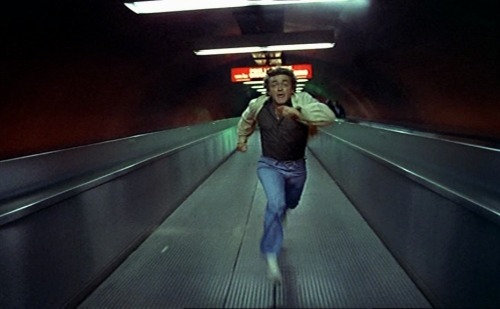

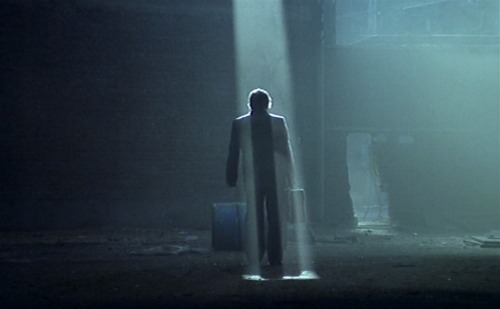
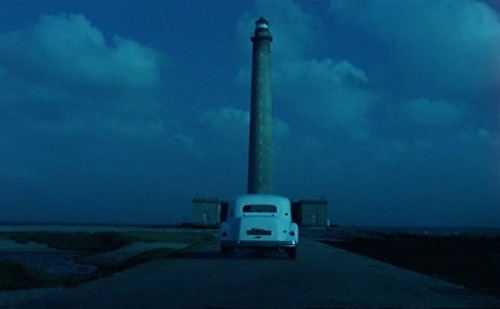



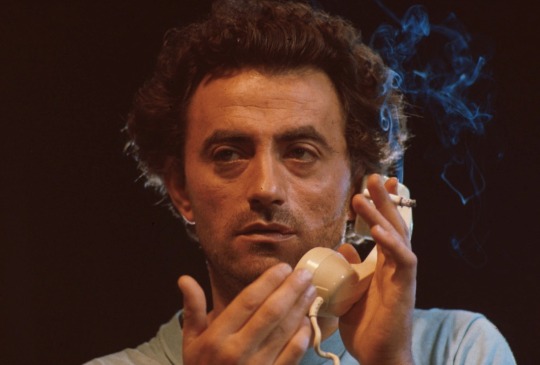
SUBLIME CINEMA #702 - DIVA
Jean-Jacques Beineix's cinema du look eschewed the realism of the previous decade when he released Diva in the early 80s. Parisian producers were less than thrilled. Operatic, with grand artifice in its lighting, mood and color, the movie resonated more with foreign audiences before it gained cult status in its home country of France and now is considered one of the best films of the 80s.
It also has one of the great chase scenes. French Connection, Road Warrior, Bullitt - only a few iconic chase scenes preceded this one, but here we are treated to a dizzying cat and mouse through the Paris metro system at night by motorcycle.
#cinema#film#cinematography#films#movie#great film#35mm#classic film#jean-jacques beineix#Diva#80s#chase#paris#parisian#French film#cinema du look#French cinema#Frédéric Andréi#Wilhelmenia Fernandez#film stills#color#1980s#80s films#francaise#francais#opera
7 notes
·
View notes
Text

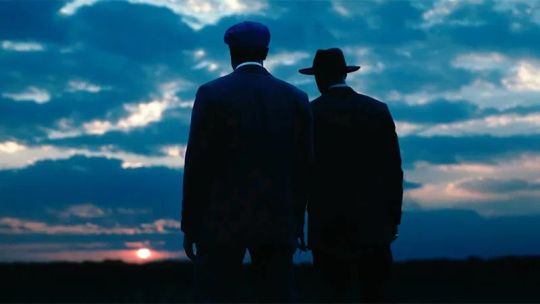


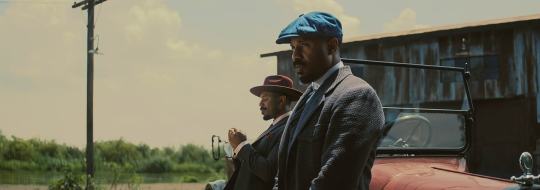

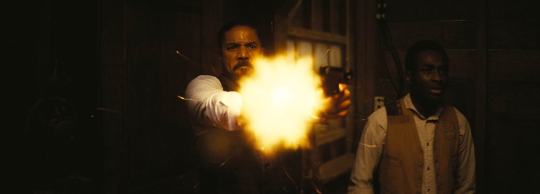
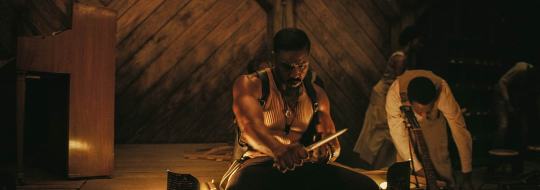


SUBLIME CINEMA #701 - SINNERS
I found this movie pretty damn fun, original, and awesome in scope. I wouldn't even know how to describe it - since it's billed as a horror film, which it is, almost classically - but there's so much more going on here. It's a musical, and a comedy, and a rich period drama, and an elegy on race and violence. Oh, and filmed in 65mm IMAX and looks very swell indeed.
The musical sequences - it's brimming with incredible music - really brought it to another level, and the combo was so jarring that I left the theater realizing I'd never really seen anything like it.
I really was not a fan of the Black Panther flicks so this movie finally made me appreciate Ryan Coogler and gave me an idea of what he's capable of post-Wakanda.
#cinema#film#films#cinematography#movie#great film#film stills#horror#sinners#ryan coogler#michael b jordan#Delroy lindo#hailee steinfeld#65mm#imax#southern gothic#gothic#vampire#mississippi#america#gory horror#horror film#horror movie#movies#sublime cinema#music#musica#blues#blues music#irish
9 notes
·
View notes
Text


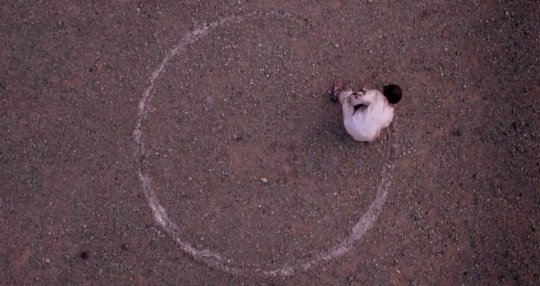


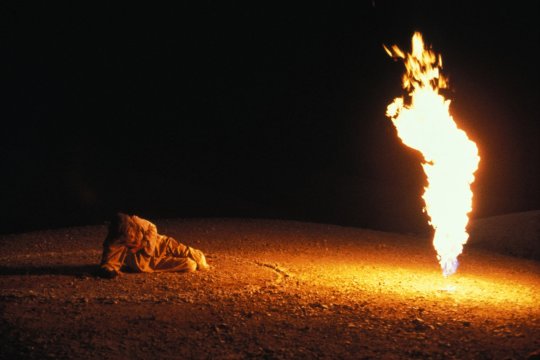

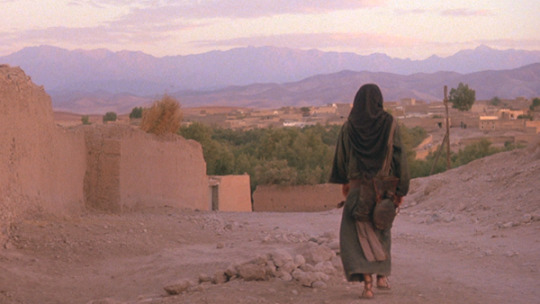





SUBLIME CINEMA #700 - THE LAST TEMPTATION OF CHRIST
Radical when first released - it's hard to imagine controversy, or protests surrounding a film of this nature these days - but this is a spellbinding, thoughtful film and was an outlier in Scorsese's filmography until later in his career when he undertook Kundun, Silence, and now a new apparent series on the life of Jesus. People forget he once entered St. John's Seminary with the intention of becoming a priest, but clearly his life and work took another direction.
#cinema#film#films#cinematography#movies#movie#film stills#35mm#great film#Martin scorsese#the last temptation of christ#Willem dafoe#michael ballhaus#80s films#catholic films#jesus#Jesus christ#religious film#religious epic
6 notes
·
View notes
Text



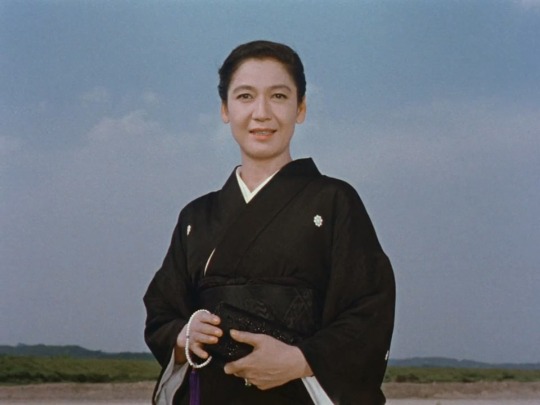
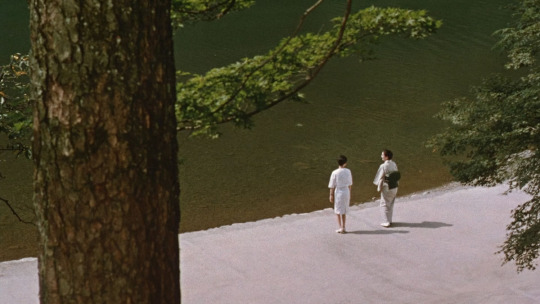

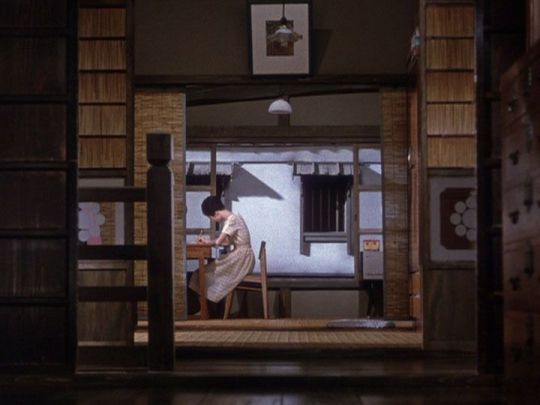
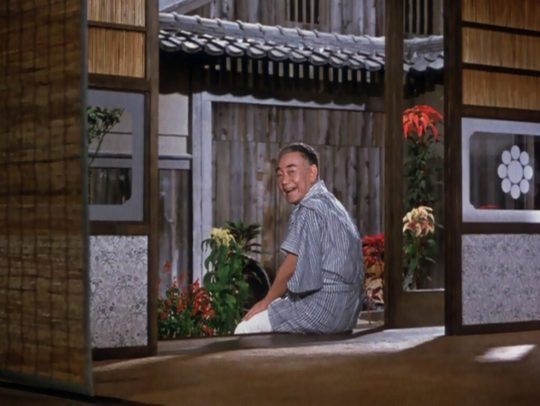
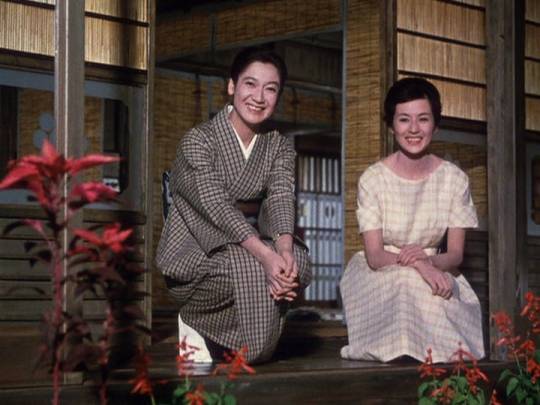
SUBLIME CINEMA #699 - THE END OF SUMMER
Ozu's penultimate film, which quietly draws the curtain on the post war family dramas he had sculpted so delicately over his life.
I have always had a penchant for Ozu and his gentle manner, his postwar films in particular seemed steeped in melancholy from his experience in the Imperial Japanese Army. Previous to the war, his films were spottier, more immature, gangster movies and comedies, but with some hints of what would come.
He drank heavily while writing these movies, and led a melancholic and tranquil life. Never married, had no children, and lived with his mother until her death, two years before his own. He dedicated his life to his art, which he humbly compared only to 'making good tofu'.
I don't know of another director who used his cinematographic approach. His tatami camera angles (always with the character seemingly looking past you) and composition, the choice of 50mm almost exclusively, and very few pans or movements. The idea being that instead of participating in his films and engaging with characters in the way that we are used to, we are meant to witness them all at a quiet distance.
Here toward the end of his career before his rather early death, he dwells on the old world being encroached upon by the modern world. There is more loneliness, more distance, more empty corridors and more of the specter of death than his previous films.
#ozu#cinema#film#cinematography#movie#great film#35mm#color#yasujiro ozu#film stills#the end of summer#japan#cinema of japan#Japanese cinema#classic film#tatami
13 notes
·
View notes
Text
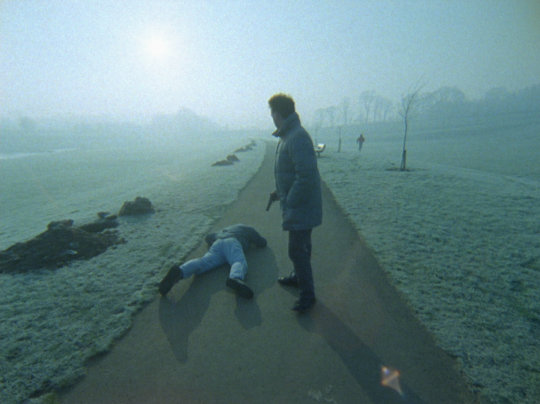
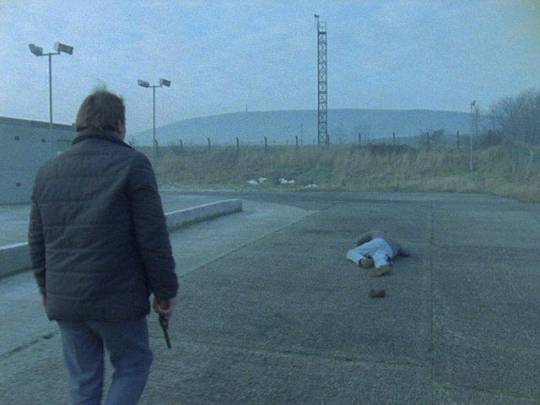

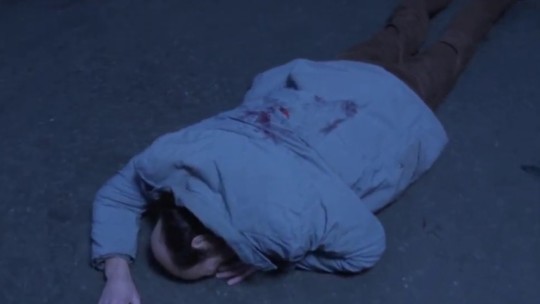

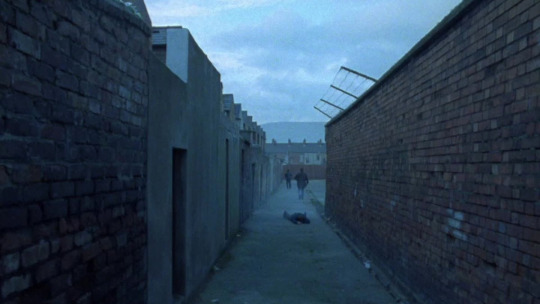
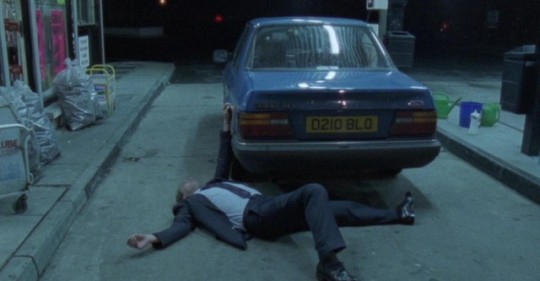


SUBLIME CINEMA #698 - ELEPHANT
Alan Clarke was an underrated great of British cinema, although he directed very few features. Mostly his work was short, serial or made for television, and some quite hard to track down. His great films include 'Scum' (featuring a young and pre-grizzled Ray Winstone), 'Rita Sue and Bob Too', and one of his final films, 'Elephant.'
Elephant still shocks. It's a 38 minute kill spree, featuring strangers laying waste to strangers, taking place during the Troubles in Northern Ireland. The film relies on long tracking shots (a hallmark of Clarke's work) and title refers to a description of the conflict as 'the elephant in our living room', meaning most people were in denial, and had managed to manufacture ways to accept daily violence and live around it. Clarke's film was about facing it.
Clarke's contemporary David Leland described a profound realization while viewing it the first time, and he has since written about it as one of the most important films of his life. He was disturbed by the endless parade of violence he was seeing on screen. "I remember lying in bed, watching it, thinking, 'Stop, Alan, you can't keep doing this.' And the cumulative effect is that you say, 'It's got to stop. The killing has got to stop.' Instinctively, without an intellectual process, it becomes a gut reaction."
Gus Van Sant adapted this film and appropriated its title for his feature about Columbine, with much the same approach.
#cinema#film#cinematography#movie#film stills#great film#16mm#alan clarke#british cinema#the troubles#ireland#northern ireland#belfast#elephant#gus van sant#dark film#pointless violence#anti-war#anti-violence
9 notes
·
View notes
Text
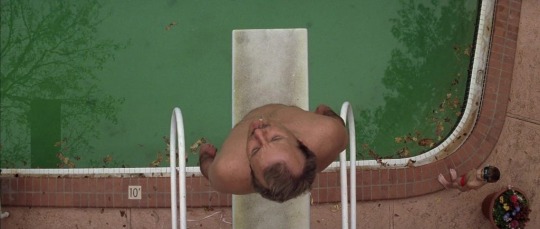
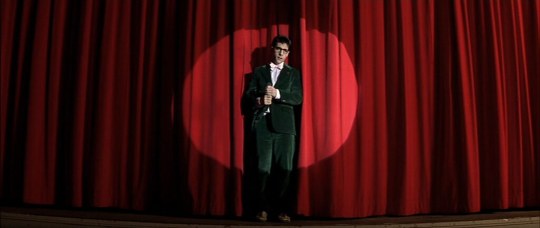
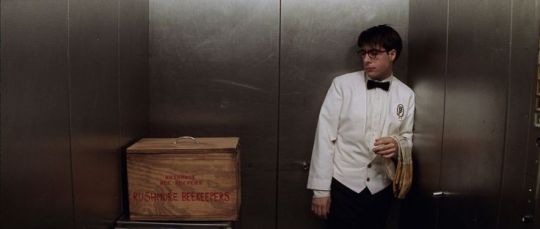
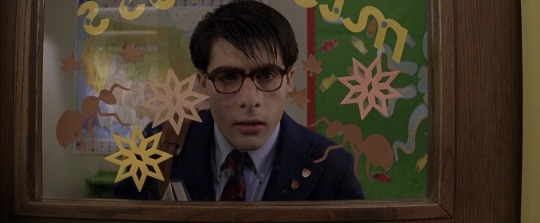
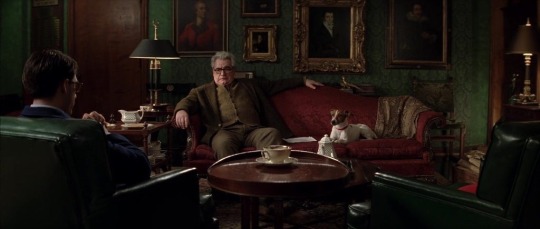
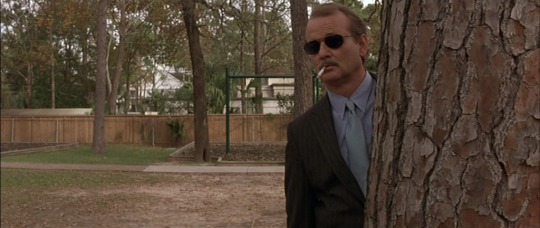


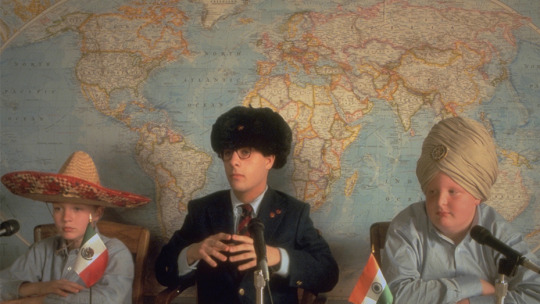
SUBLIME CINEMA #697 - RUSHMORE
The film that kick started Wes Anderson's micro-obsessions, after what still feels like a test run effort with Bottle Rocket. This film started to solidify a style, and in a way every Anderson film post-Rushmore has been some kind of iteration, with DNA taken from it.
#rushmore#bill murray#jason schwartzman#wes anderson#max#Olivia wilson#great film#cinematography#film stills#comedy
24 notes
·
View notes
Text

SUBLIME CINEMA #696 - ROSETTA
One image for this one.
RIP Émilie Dequenne, who died recently, way too young. She'd made some great films since this one, but this is the greatest, one of the finest of all films by the Belgie brothers les Dardennes, who made the equally great Le Fils and L'Enfant. Sometimes I'll post things based on aesthetic and forget about these simply shot, humble movies which don't screen grab too well. Don't let that deceive.
Rosetta came about around the same time as Dogme 95 films by von Trier, Vinterberg and Korine, films that eschewed any high end production to focus on the essentials - the acting, writing, and pared down production to bring out a story's essence.
#Émilie Dequenne#rosetta#cinema#film#Dardenne brothers#pierre et luc dardenne#dardenne#cannes#great film#RIP#Belgian cinema#belgium
5 notes
·
View notes
Text

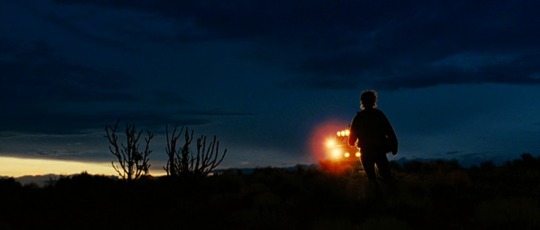
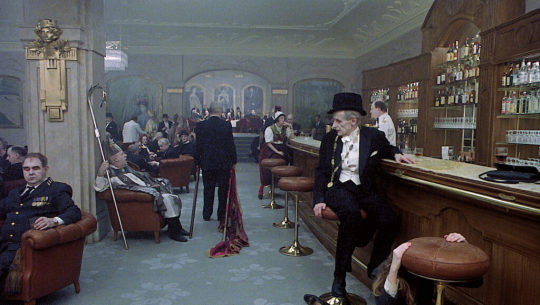
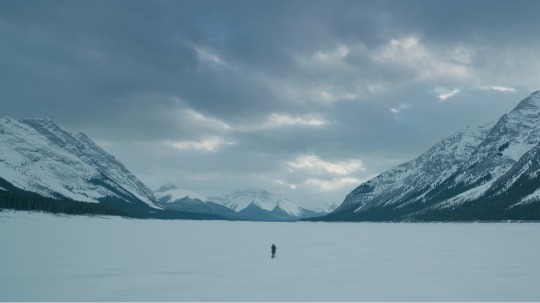



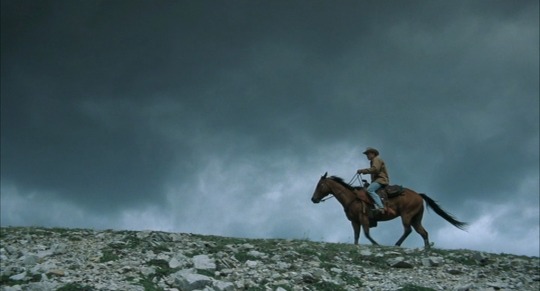
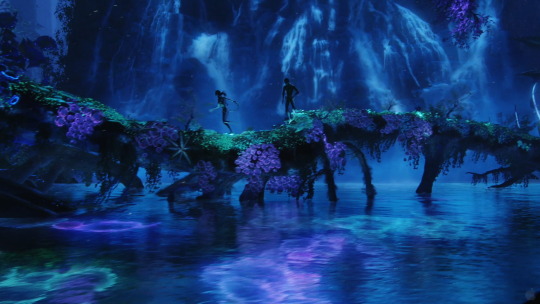

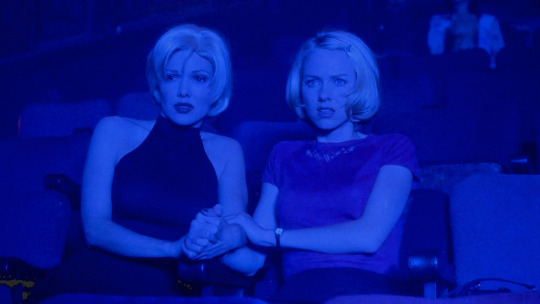
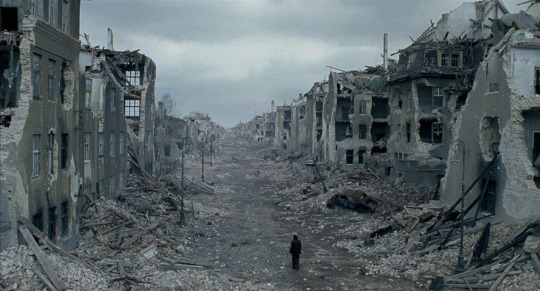
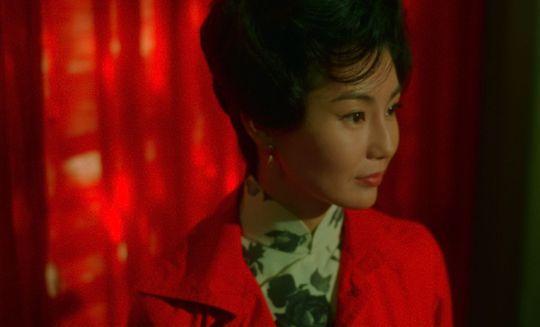
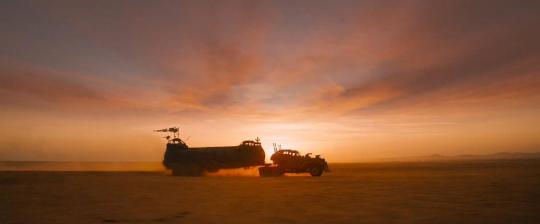



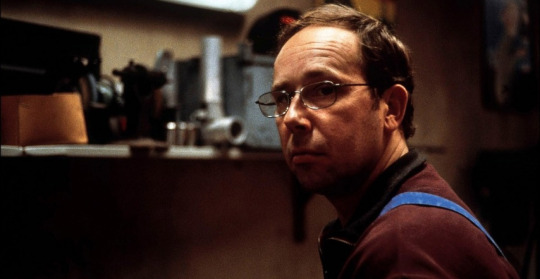

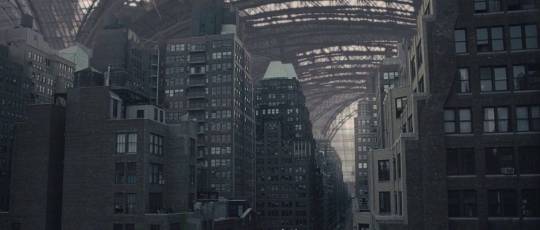

21 FAVORITES OF THE 21ST CENTURY (SO FAR)
#cinema#film#films#great film#cinematography#movie#21st century#lost in translation#no country for old men#the revenant#songs from the second floor#eternal sunshine of the spotless mind#synecdoche new york#grizzly man#le fils#grand Budapest hotel#children of men#under the skin#mad max fury road#avatar#in the mood for love#the pianist#Mulholland drive#gomorrah#Brokeback mountain#portrait of a lady on fire#spirited away#babyteeth
18 notes
·
View notes
Text











SUBLIME CINEMA #695 - CAROL
Todd Haynes and Ed Lachman have collaborated on some great films together, their evocation of the 50's studio films and Douglas Sirk in Far From Heaven and Carol is exemplary: beautiful, bold pastel colors, stark lighting, shot on 16mm and carefully selected lenses that would have been common back in that period.
Lachman has been outspoken about his distaste for a lot of modern digital, mush-like cinematography, the kind of magoo blandness often synonymous Netflix productions. Lachman's filmography reads like a who's who for film lovers. From Herzog to Robert Altman, Todd Solondz, Larry Clark, Sofia Coppola and Steven Soderbergh, it's his work with Todd Haynes that still stands out as particularly gorgeous.
#cinema#film#cinematography#great film#todd haynes#cate blanchett#rooney mara#carol#50s#50s mood#Douglas sirk#melodrama#hollywood#cinematographer#ed lachman#movie#color#16mm
44 notes
·
View notes
Text
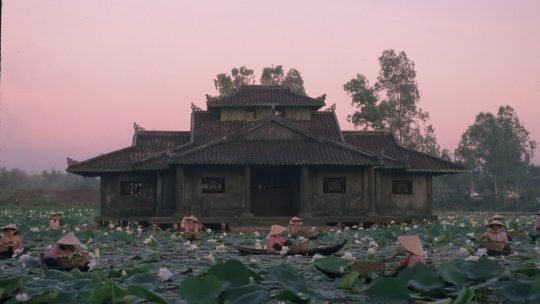
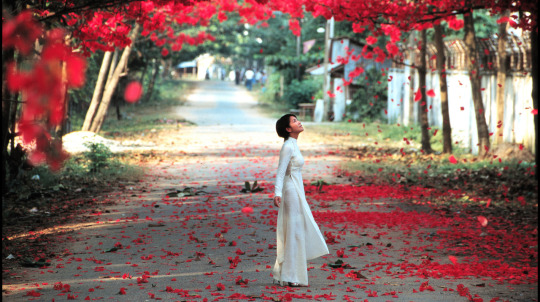
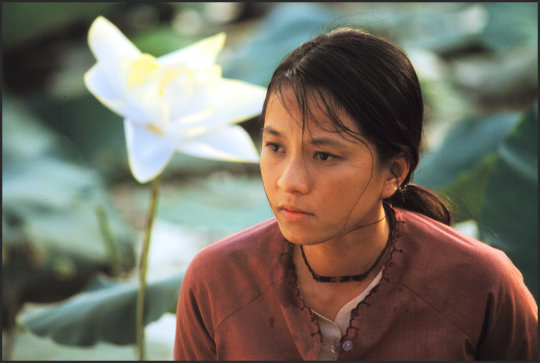
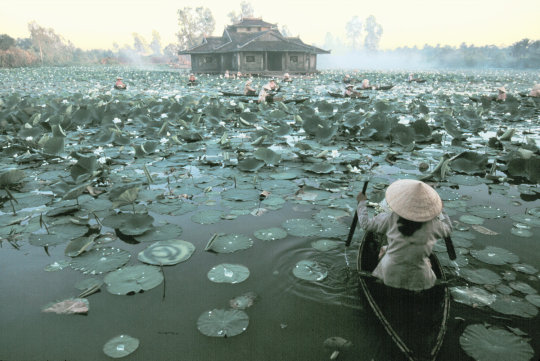


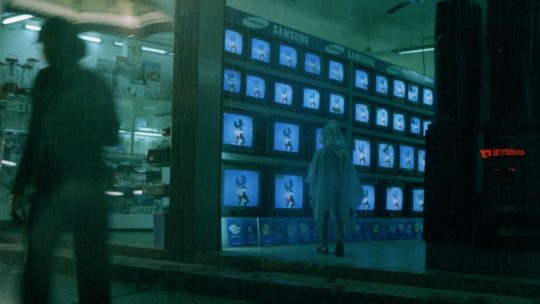
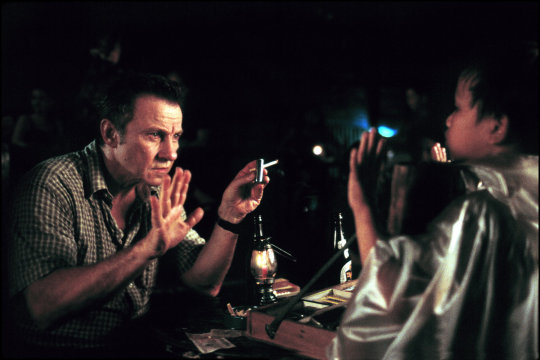
SUBLIME CINEMA #694 - THREE SEASONS
The first film shot in Vietnam after Clinton lifted the embargo, this is a finely shot beauty.
Lisa Rinzler is one of the great underrated American cinematographers. She shot a string of distinct films in the 90s- including Wenders' Lisbon Story, Pollock, Trees Lounge, Menace II Society, and Dead Presidents, although it's harder to see her work these days, and she seems to mostly be working in documentary now.
Three Seasons is gorgeous all around, one of the most exquisite films I've seen shot in Vietnam and captures an idealistic, heightened vision of the country in all of its wild beauty.
#cinema#film#cinematography#movie#three seasons#Harvey keitel#Duong Don#Tony bui#Lisa rinzler#vietnam#35mm#great film#Vietnamese cinema#cinema of vietnam#ho chi minh city
20 notes
·
View notes
Text
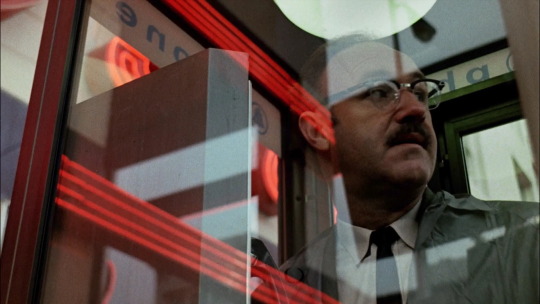
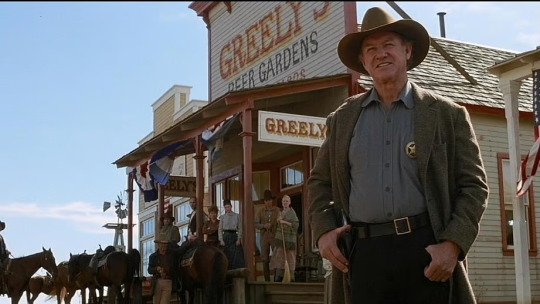
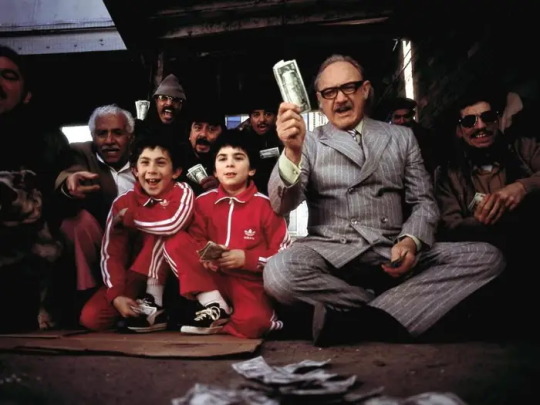
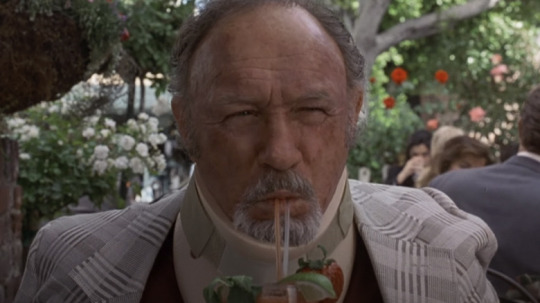
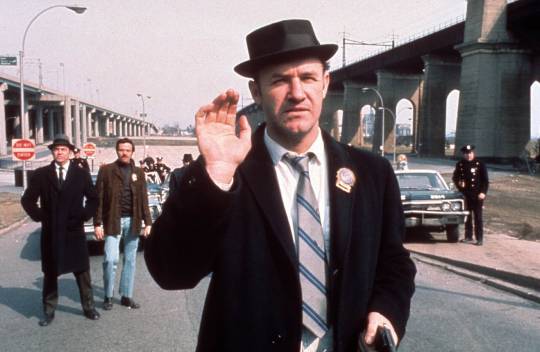
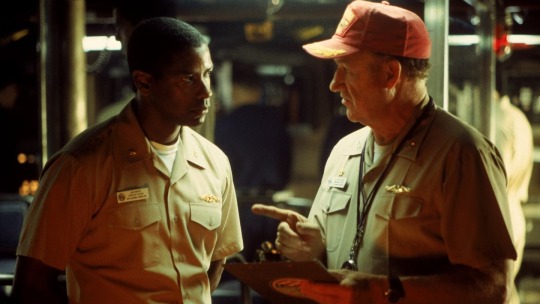

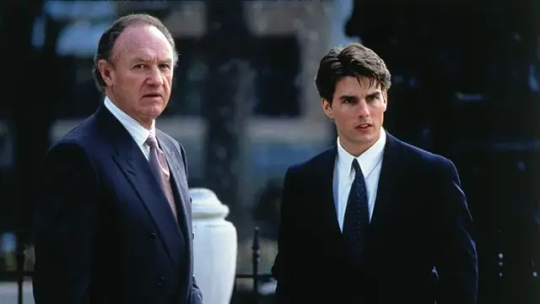
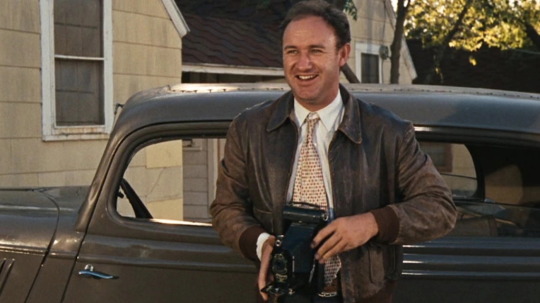
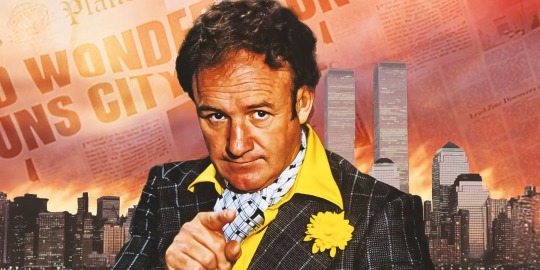
GENE HACKMAN: 10 FAVORITES
My favorite Hackman roles - The Conversation, Unforgiven, The Royal Tenenbaums, Get Shorty, The French Connection, Crimson Tide, Night Moves, The Firm, Bonnie and Clyde & Superman.
For the sake of ten, but really there are more. Mississippi Burning, Poseidon Adventure, The Package, Scarecrow, The Birdcage, Heist, I Never Sang for My Father... Could go on. Basically anything he was in was elevated by his presence.
It might even be time to give Welcome to Mooseport a whirl..
11 notes
·
View notes
Text
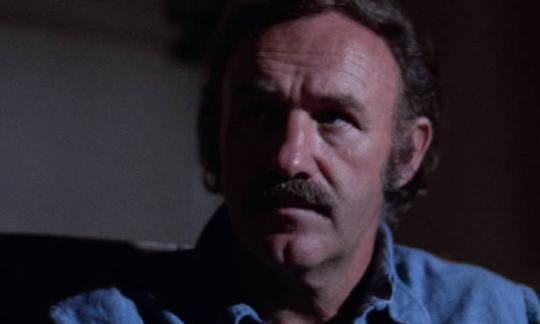
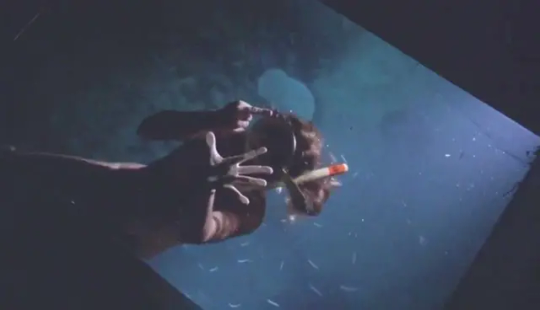
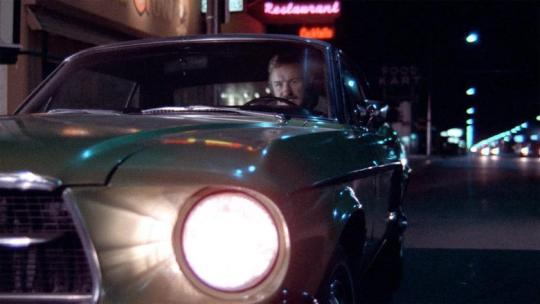

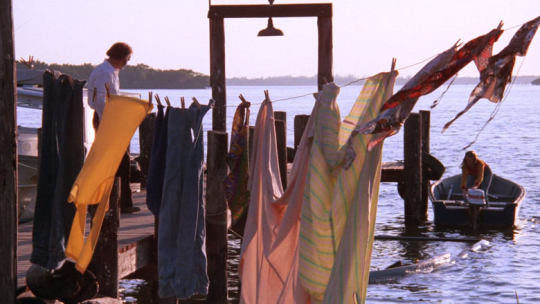
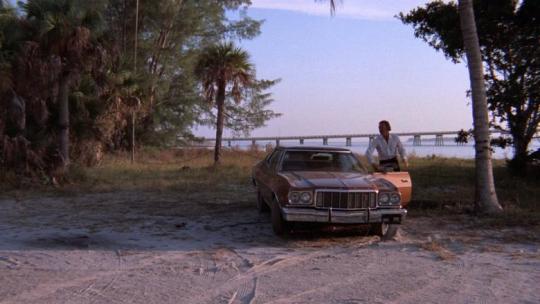

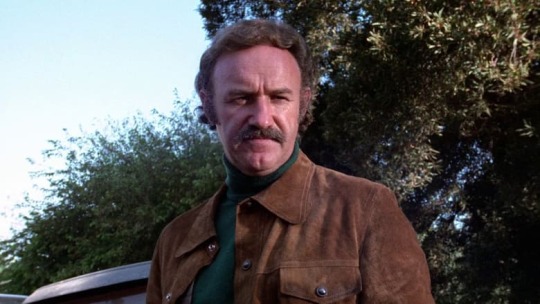
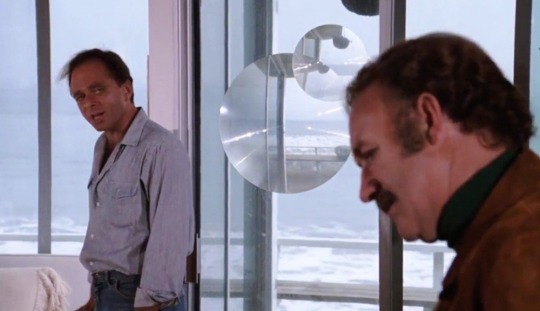
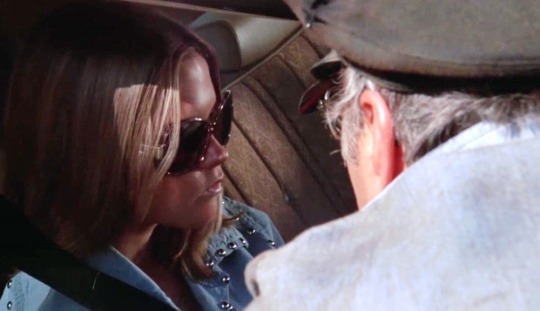
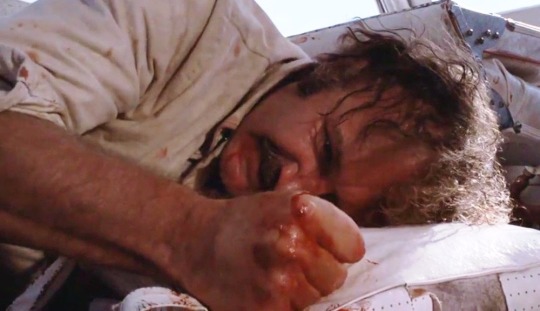
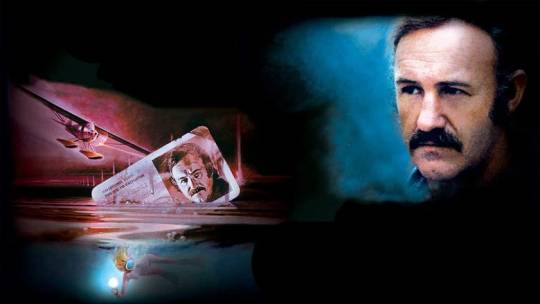
SUBLIME CINEMA #693 - NIGHT MOVES
RIP GENE HACKMAN. One of the greats.
Night Moves is still strangely one of Hackman's most underrated films, a haunting noir that continues to linger long after I saw it last. It re-teamed Hackman with Arthur Penn, the director we can all thank for giving him his break on Bonnie and Clyde, and it also features Melanie Griffith in her first credited role.
Hackman was one of the most interesting and versatile of all actors, a man who could switch between heroism, villainy and hilarity on a dime or combine them all effortlessly.
#cinema#film#movie#gene hackman#rip#hackman#night moves#Arthur penn#Melanie griffith#James woods#noir#film noir#70s#70s cinema#american cinema
18 notes
·
View notes